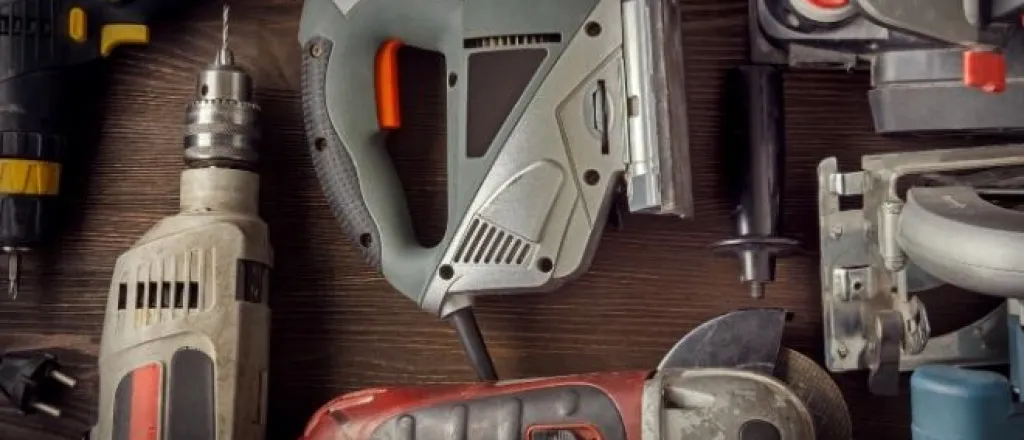
Safety Tips for Working With Power Tools
By necessity or design, folks living in Colorado tend to be handy with tools. Home and fence repairs, reupholstery, and redecorating projects are easier and less time-consuming with the help of the appropriate power tools for the job. However, power tools can be dangerous. Even experienced users benefit from safety tips for working with power tools.
Choose the Right Tool for the Job
Admit it—you have used a power drill as a hammer and a flat screwdriver as a chisel. Improper use of any tool, but especially power tools, is asking for trouble. Using a tool with an outside power source as a blunt force instrument not only damages the tool but also risks injury from accidentally firing a nail or a staple or causing an electric shock.
Matching the tool to the job involves more than just choosing a hammer, chisel, or power tool. Some tools are specially designed for particular projects. For example, heavy-duty staplers are useful for some roofing, upholstery, and flooring jobs. Using too heavy or too light a tool for your project could give you disappointing results.
Pay Attention to Tool Condition
Keep your tools clean, sharp, and properly stored. Before each use, examine cords for fraying, pneumatic hose connections for wear, and removable parts for signs of wear. Keep cords away from heat, sharp edges, tools, and oil. If a tool requires lubrication, make sure you clean your hands thoroughly before you use it to avoid a slippery grip and keep from ruining a good pair of gloves.
Wear the Right Clothes and Proper Safety Gear
Before you put on your gloves and goggles, look at your shirttails and jewelry. Avoid loose clothing, rings, or bracelets that can get caught in power equipment. Wear reinforced boots with hardened toe boxes (but avoid steel toe boots around electricity). Even the steadiest hand can drop a tool—breaking a toe isn’t in the plan, so protect your feet with boots that provide both protection and the traction or flexibility you need.
Always wear eye protection. Pneumatic tools can be very loud, so add ear protection when working with tools powered by compressed air. Hardhats are necessary for some jobs where equipment and materials are in use overhead or whenever there is the risk of being hit by a projectile.
Handle Tools Properly and Prepare the Workspace
Never carry an electric tool by its cord or a pneumatic tool by its air hose. Release pressure from pneumatic tools after use before you disconnect hoses. If you must use a ladder to get to the work, carry tools up in a bucket or bag—never leave a tool up off the ground when not in use. Carry sharp tools with the sharp end down, and never put sharp tools in your pockets.
Wet floors are slip and fall hazards, and cords and hoses create tripping hazards. Wet floors also create a risk of shock if you are using electric tools. Never disable safety features and use retainers or safety clips with attachments for pneumatic tools (when in doubt, refer to the manufacturer’s instructions). Unload nail and staple guns before storing them. Keep unauthorized people—and especially children—out of your workspace. Keep the workspace clean and free of debris.
Safety tips for working with power tools start with common sense. Don’t use power tools when you are distracted or sleep deprived. Follow the manual and use tools only for their intended purpose. Your project will turn out better and you’ll come out of it in one piece when you pay attention to safety.















